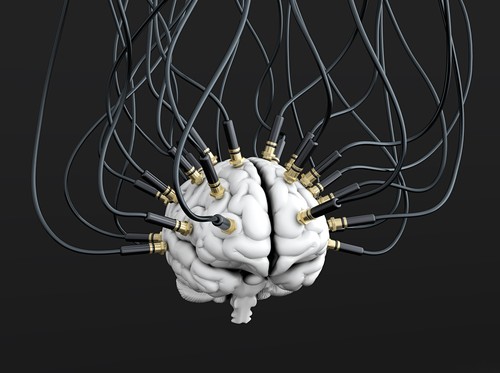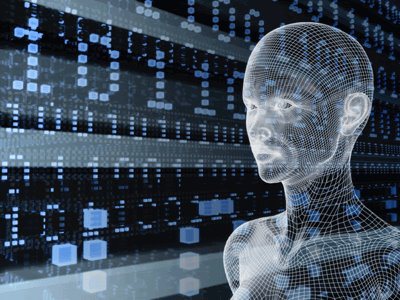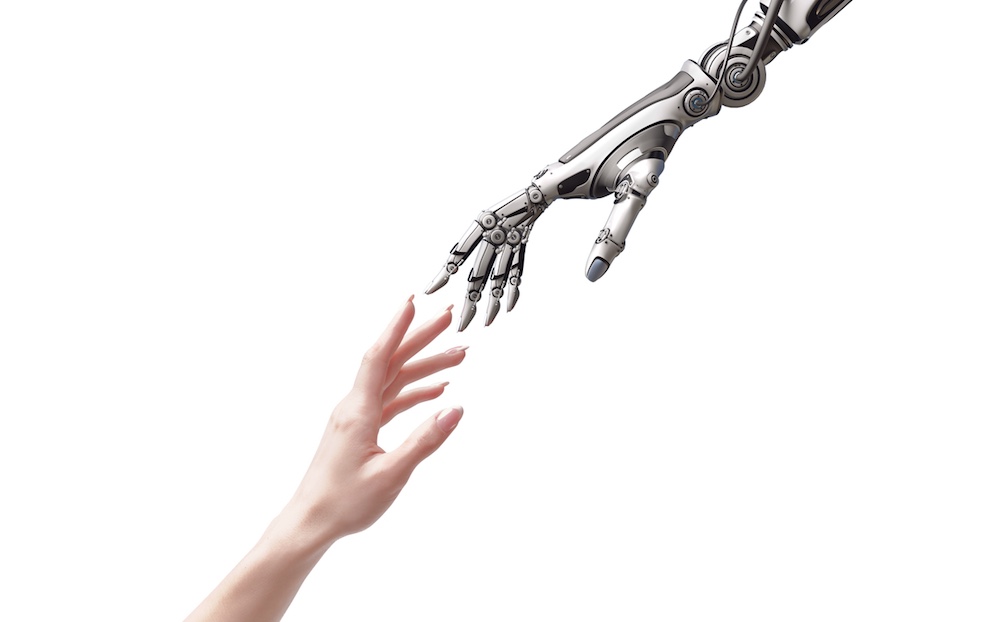Here in California, Silicon Valley types are still enamored with the idea that computers have brought humankind to “the edge of change comparable to the rise of human life on Earth.”
 The fantasy does not stop there. One well-known artificial-intelligence aficionado, Raymond Kurzweil, envisions being able to “upload” the contents of our brain and thought processes into computers, making “immortality possible within our lifetimes.” Egad.
The fantasy does not stop there. One well-known artificial-intelligence aficionado, Raymond Kurzweil, envisions being able to “upload” the contents of our brain and thought processes into computers, making “immortality possible within our lifetimes.” Egad.
For now, computer geeks of all kinds are occupied with how to make machines that are “self-aware.” Therefore it behooves us to have some idea of what self-awareness is, and isn’t.
The term self-awareness has two meanings. The first, most commonly used in anthropological and academic circles, relates to the emergent phenomenon of self in humans. In this meaning, the accent is on self rather than awareness.
Show a chimp, a gorilla, and an orangutan a mirror, and let them familiarize themselves with their reflection. Take the mirror away for a day and paint a bright red dot onto the head of each primate. Then reintroduce the mirror.
The gorilla and orangutan will act in exactly the same way they did when the mirror was first presented to them. But the chimp will quizzically put his finger to the red dot, thus indicating he has formed a mental image of himself. This, reductio ad absurdum, is what scientists mean by self-awareness.
Of course there is another meaning to self-awareness, which does not pertain to the formation of the vaunted self, but rather to awareness and attention to its movement.
A better term for this rare quality is self-knowing. That term can be misleading as well, however, because self-knowing has nothing to do with knowledge, only with being watchful of oneself as one is in the present. The things one thought, felt and had insight into yesterday are an impediment to self-knowing, which implies learning in a completely different sense, in a non-accumulative way.
Self-knowing reflects the holistic function of the brain, and is inclusive of thoughts, emotions, sensory input and bodily reactions in the moment. For such awareness to act on what is however, the illusory watcher that stands apart has to be negated.
That’s where meditation comes in. By allowing attention to gather and quicken to the point that the whole brain catches thought in the act of separating itself from itself, the watcher dissolves. Attention alone ends inward division.
After all, the watcher is actually simply part of the field of thought/emotion, not separate from it. The ‘I’ is the core driver of division, and in  meditation the ‘I’ ceases directing, controlling and judging.
meditation the ‘I’ ceases directing, controlling and judging.
Dispensing with all systems and methods of meditation (since they too are products of thought), it’s essential to take and make the time to sit quietly, preferably outdoors, and simply passively observe the movement of one’s mind and heart in the present. Be done with thinking as much as possible, and let your thoughts and emotions ebb and flow as they will.
You’ll notice that there is a fundamental division between ‘me’ and ‘my thoughts.’ When you become aware of this universal duality, ask yourself: What is this entity that feels separate from what it is observing, even within oneself? The question will spur the whole brain to watch the movement of thought very carefully, with a certain degree of playfulness.
Spontaneously at some point, you’ll have the most important insight a human being can have: The thinker is actually an inseparable part of thought!
One sees that thought fabricated the thinker, which began believing it was separate and permanent.
No computer can or will ever have that insight, because no computer can ever have an insight. Computers, however much knowledge and speed they have, are based on memory, the sine qua non of thought.
So thought is based on memory, just as computers are, and insight arises from beyond thought and memory. In the future, computers will be better than humans at thought. But it takes a healthy, living brain to have an insight.
What about the self? Since the self is a program, computers will be able to have selves. But they will never be capable of attending to and negating the movement of the patterns of thought and emotion that comprise the self, because that requires a living brain.
Computers are replacing and outdoing the aspects of the brain that are like a computer. But the brain is not a computer. Therefore, unless we want to be second-class machines to the machines we have made, those areas of the brain that can’t be replicated by computers have to be developed. Now.
What are those areas? Self-knowing, awareness, attention the capacity for directly perceiving beauty and the numinous. The mind-as-thought must fall completely quiet in the act of inclusive, undivided attention to its entire movement within one.
Let computers be things of thought. God (cosmic intelligence) not only works in mysterious ways, but she also has a sense of humor!
Martin LeFevre

